Remembering the mind-bending art of Dan Graham (1942–2022)
American artist and writer Dan Graham, whose hybrid output warped perceptions and defied genre has died in New York aged 79
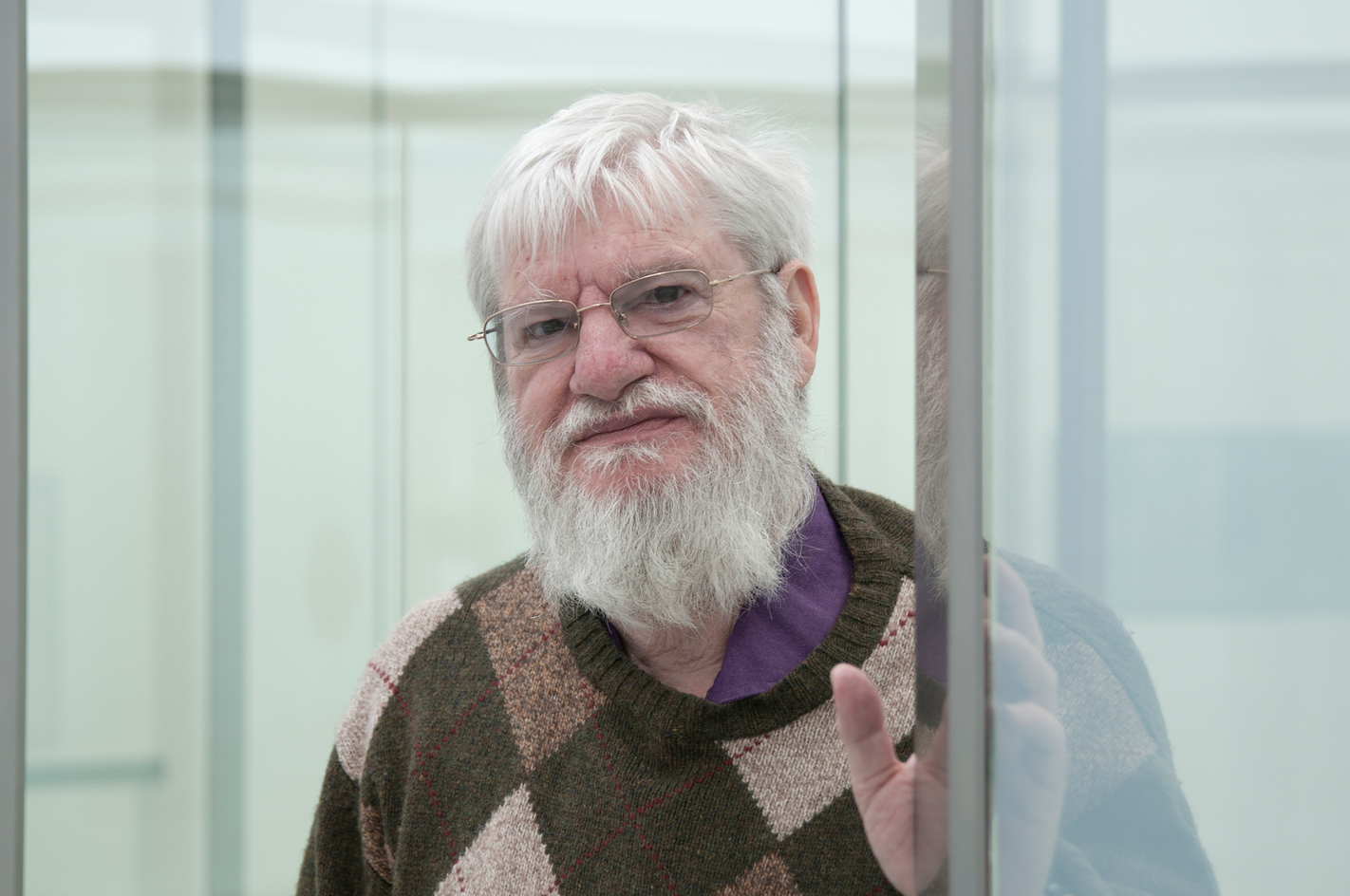
Pioneering American visual artist, writer and curator Dan Graham has died in New York City aged 79. Through cognitive and visual experiences, his art occupied an in-between, fluid and hybrid space, cloaking complex theories in a veil of simplicity.
Throughout his 50-year career, Graham moved seamlessly between photography, architecture, sculpture, filmmaking and live performance, alongside critical and speculative writing that spanned everything from rock music reviews to astrology and art theory essays. He was best known for his ‘pavilions’ – hybrid structures blending sculpture and architecture – theatres of perception that toyed with illusion and geometry, casting viewers as both spectators and protagonists.

Dan Graham Groovy Spiral, 2013, Two-way mirror, stainless steel
Considered one of the pioneers of conceptual art (though a term he recently disavowed) he broke rules, re-wrote conventions and imagined an art beyond the white-walled, cubic confines of the gallery.
Graham began his career in art as a gallery director at New York’s John Daniels Gallery, exhibiting the work of minimalist legends such as Carl André, Donald Judd, Robert Smithson, Dan Flavin and Sol LeWitt (including the latter’s first solo gallery show).
In 1965, Graham’s attention shifted to his own conceptual and post-conceptual art ideas. His initial breakthrough work was Homes for America (1966–67), a magazine-style photograph-text composition based on a cheap 1960s suburban housing development in New Jersey. Graham used conceptual satire to portray these characterless housing grids – built on a promise of desirability and positive social reform – as alienating and soulless variations on a theme of monotony.
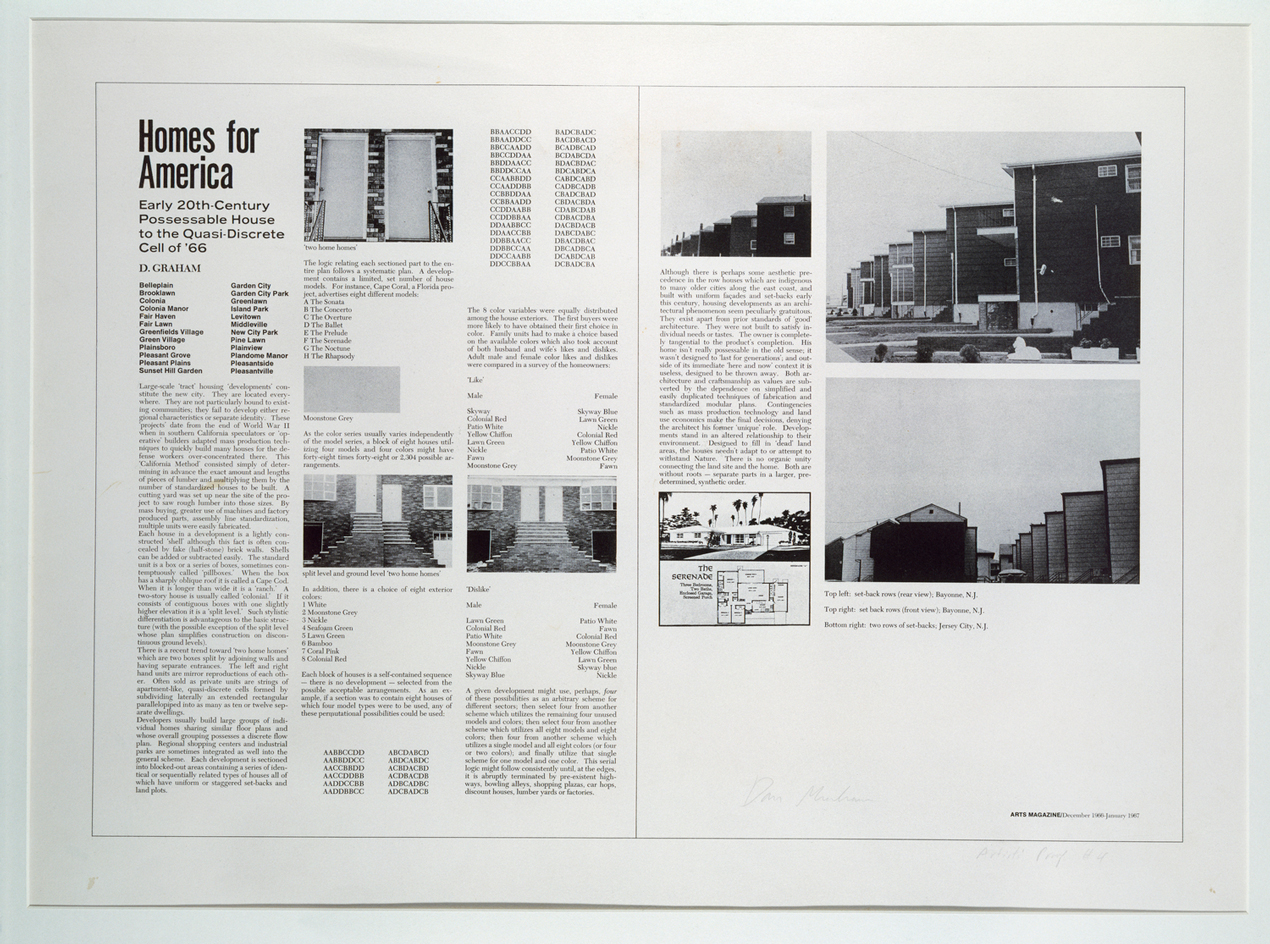

Top: Dan Graham Homes for America, Arts Magazine, 1966-1967, Print. Above: Homes for America, 1966-1989 six, framed, signed colour prints
Though working in a minimalist tradition, Homes for America critiqued a certain kind of minimalism, one where repetition was never interrupted, and mass production rendered craftsmanship and design obsolete. As Graham told the Brooklyn Rail in a 2012 interview: ‘There was this whole idea of defeating monetary value in the air in the ’60s, so my idea was to put things in magazine pages where they’d be disposable with no value. And that was a hybrid also because the work was a combination of art criticism and essay: magazine page as an artwork.’
In the 1970s, Graham’s focus turned to the architectural installations for which he is best known. These ‘pavilions’, geometrically-configured structures involving two-way mirrors, steel and glass, served as environmental ‘punctuation marks’, diversions from the expected rhythm of urban life, a moment of pause, and crucially, an invitation for viewers to spectate but also inhabit.
These walk-in structures create feelings of instability on solid ground. They watch, reflect and ensnare those who enter in a disorientating combination of self-reflection, self-awareness, self-absorption. Viewers, or participants, find their bodies warped, dislocated, or merged with other bodies – trippy, unsettling and sense-stretching, they’re about observing and being observed.
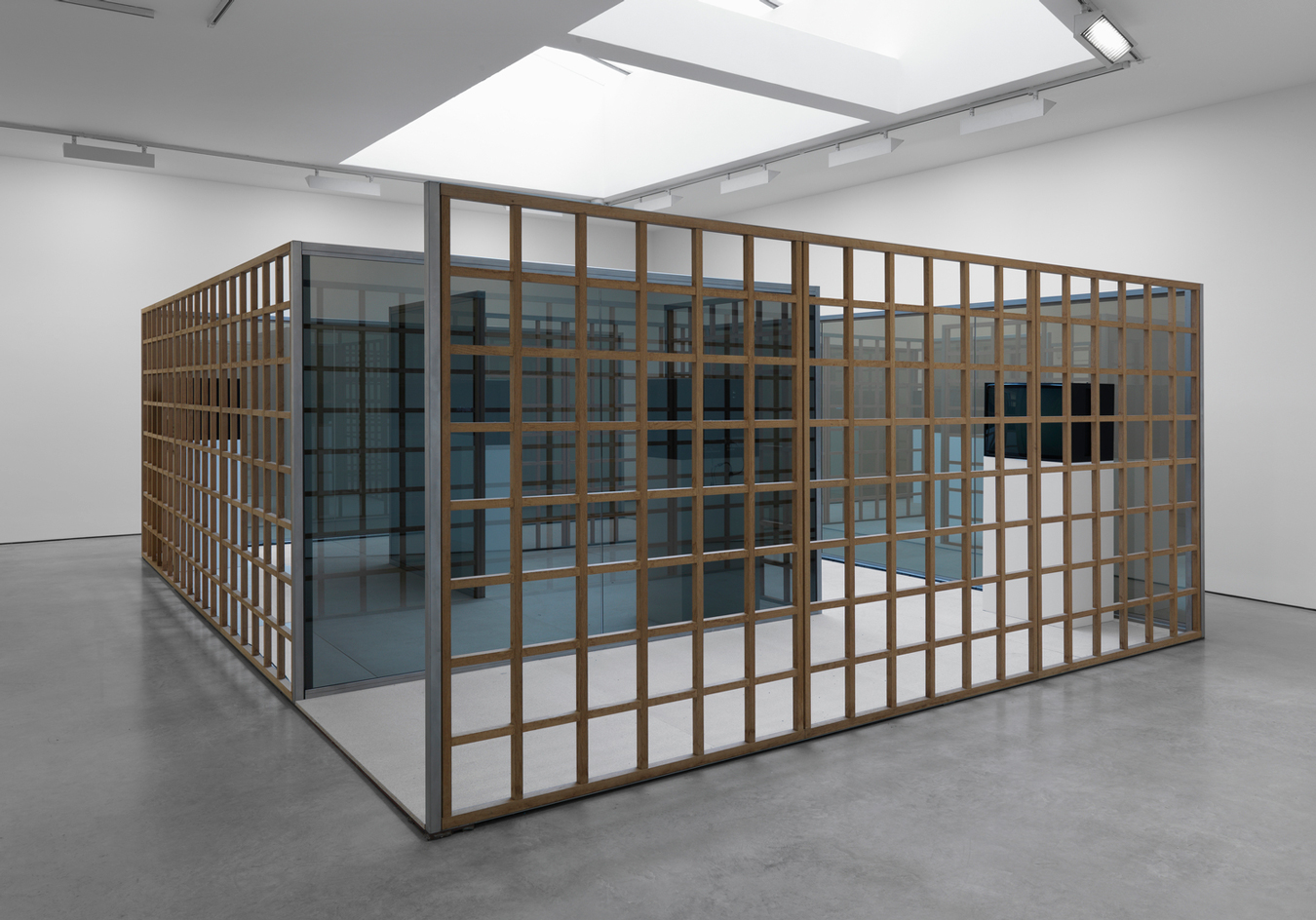
Dan Graham, Greek Meander Pavilion, Open Shoji Screen Version, 2001. Two-way mirror glass, stainless steel, oak, PVC.
Holding a mirror up to modernity, Graham’s practice explored consumerism, the philosophy of surveillance and the psychology of space. His legacy is an art that made you see yourself, and your surroundings, a little differently.
Notable pavilion works include Public Space/Two Audiences (created for the 1976 Venice Biennale), Two Way Mirror with Hedge Labyrinth (1989), and Hedge Two-Way Mirror Walkabout (2014) created on the roof of the Metropolitan Museum of Art in collaboration with landscape architect Günther Vogt.
Graham’s key exhibitions included solo shows at Castello di Rivoli Museo d’Arte Contemporanea, Turin(2006), the Museum of Contemporary Art, Los Angeles, USA (2009); The Metropolitan Museum of Art, New York (2014). He also participated in dOCUMENTA 5, 6, 7, 9 and 10 (1972, 1977, 1982, 1992, 1997) and showed work at the Venice Biennale (1976, 2003, 2005).
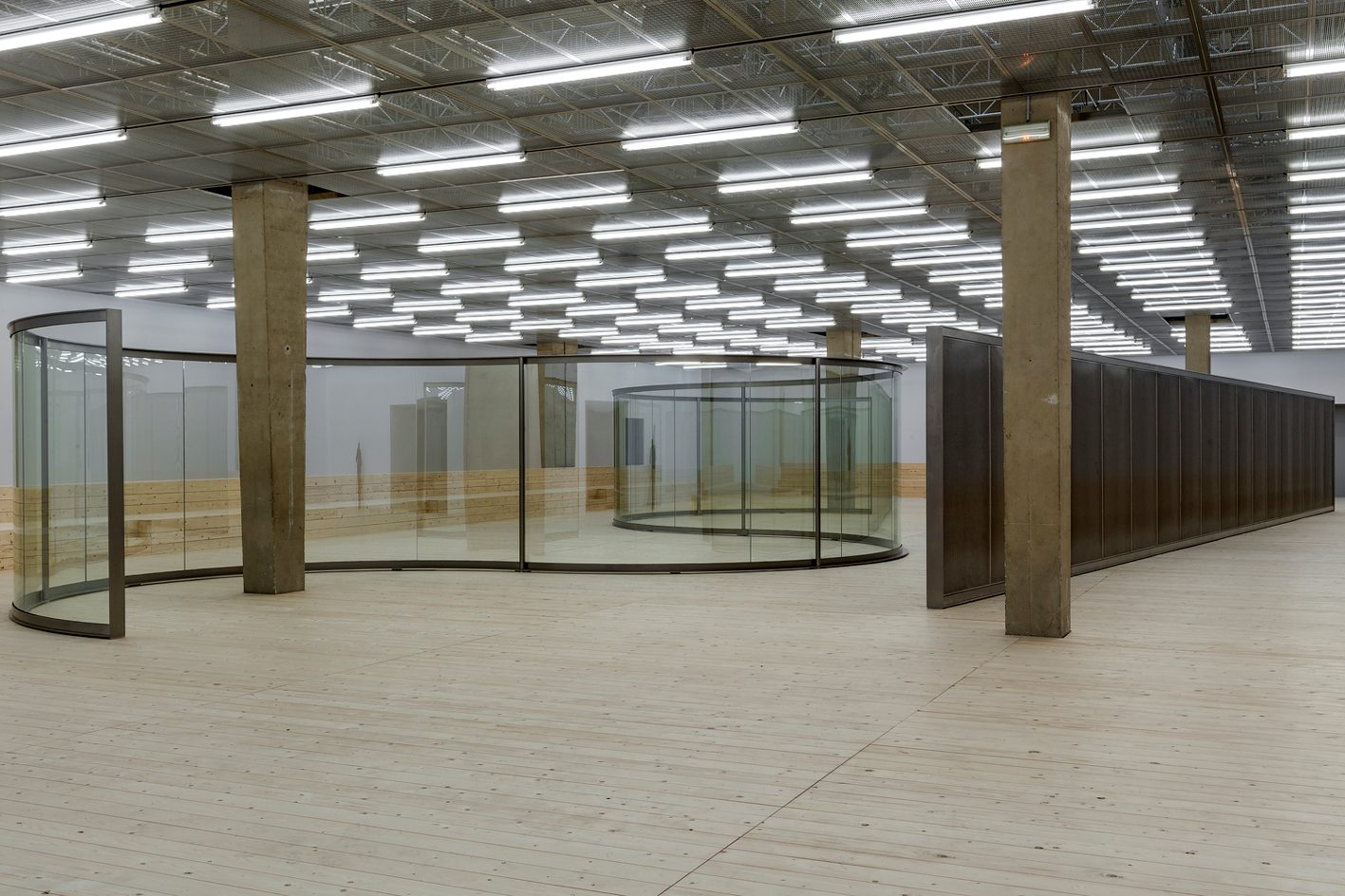
Dan Graham, Showing Off the Body, 2016, Two-way mirror glass, perforated steel
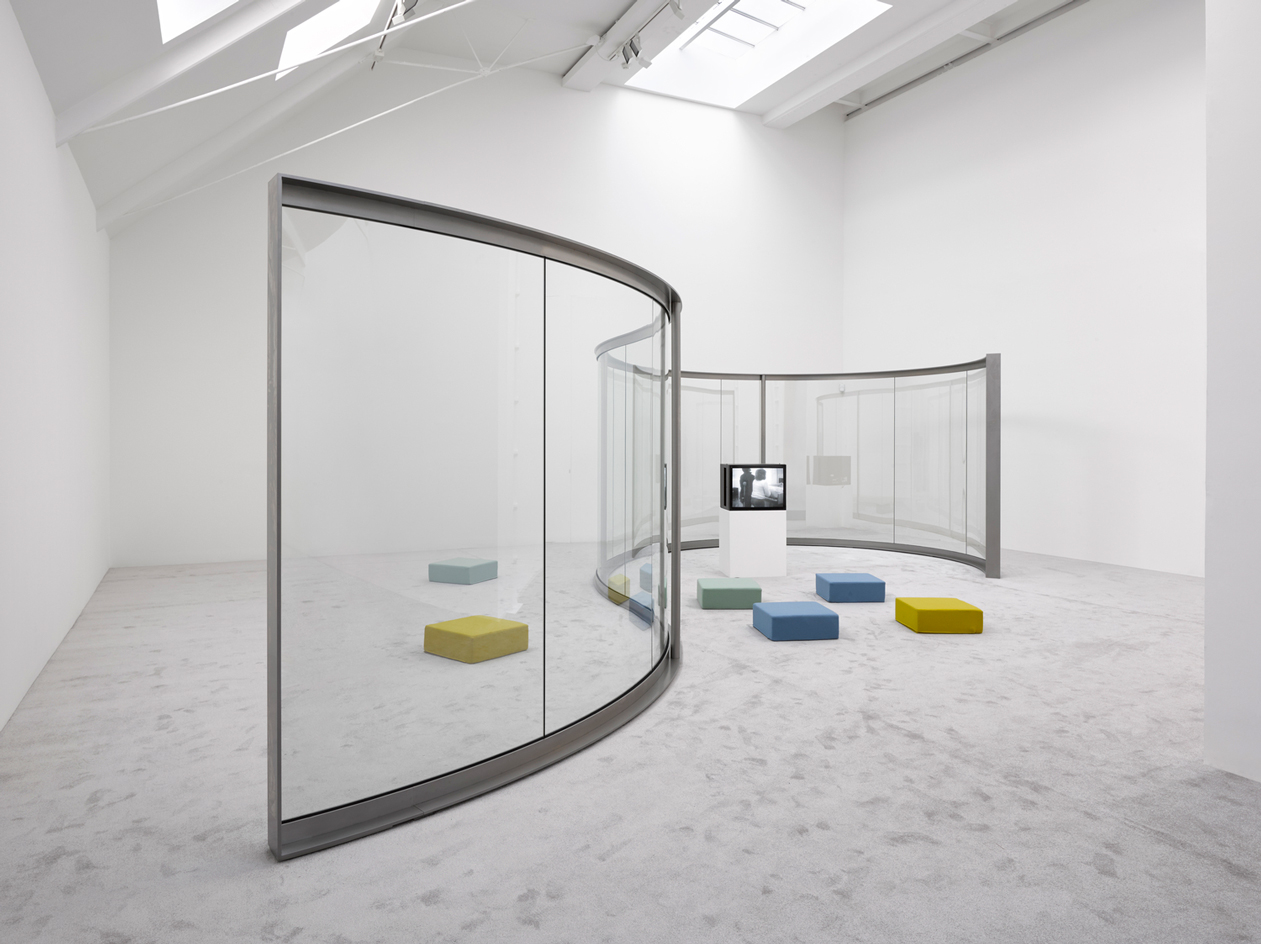
Dan Graham , Stage Set for Music no 2 for Glenn, 2018 , Stainless steel and two-way mirror .
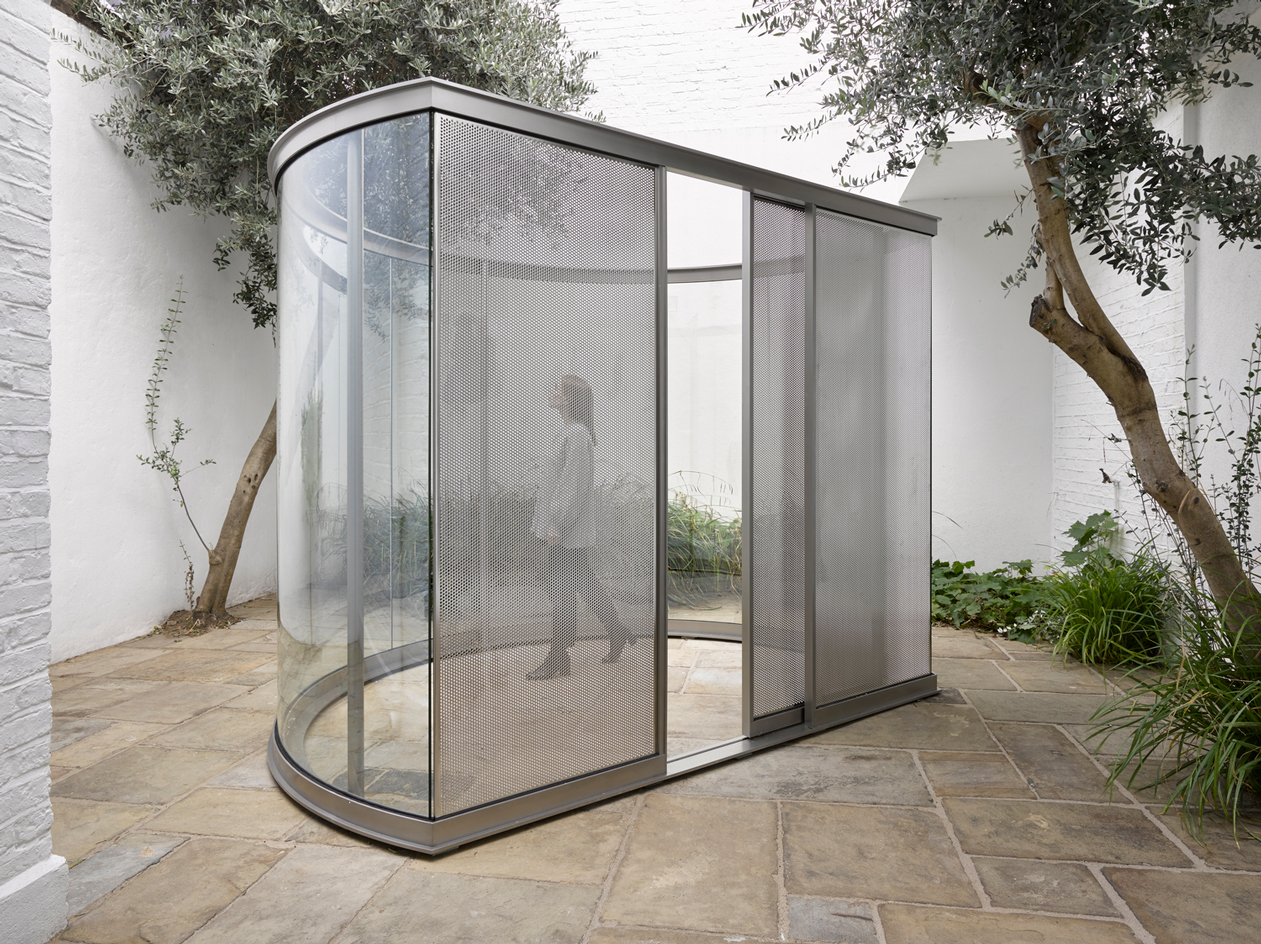
Dan GrahamPlay Pen for Play Pals, 2018 Stainless steel, perforated metal, glass and two-way mirror
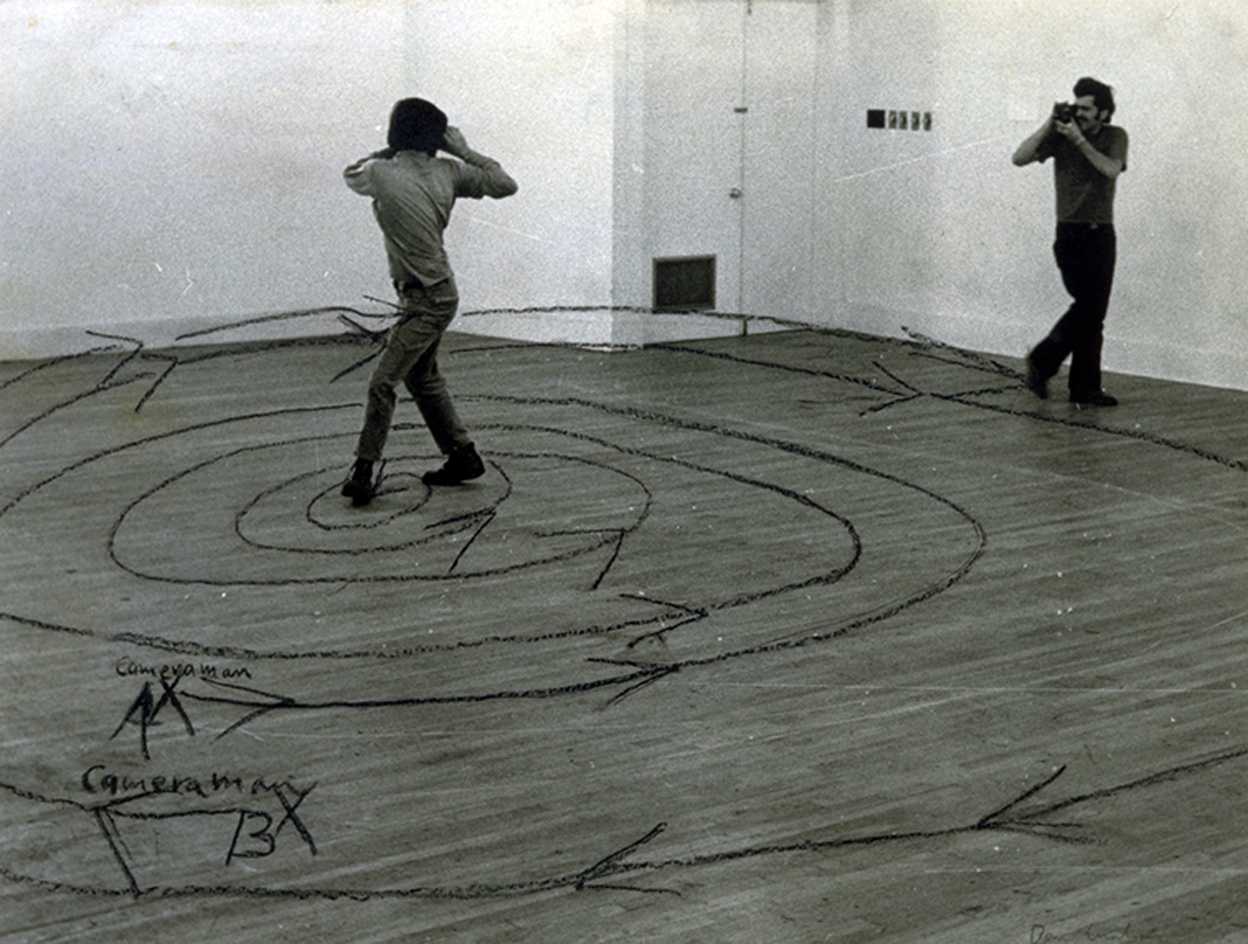
Dan Graham Two Correlated Rotations, 1969 Black & white photograph
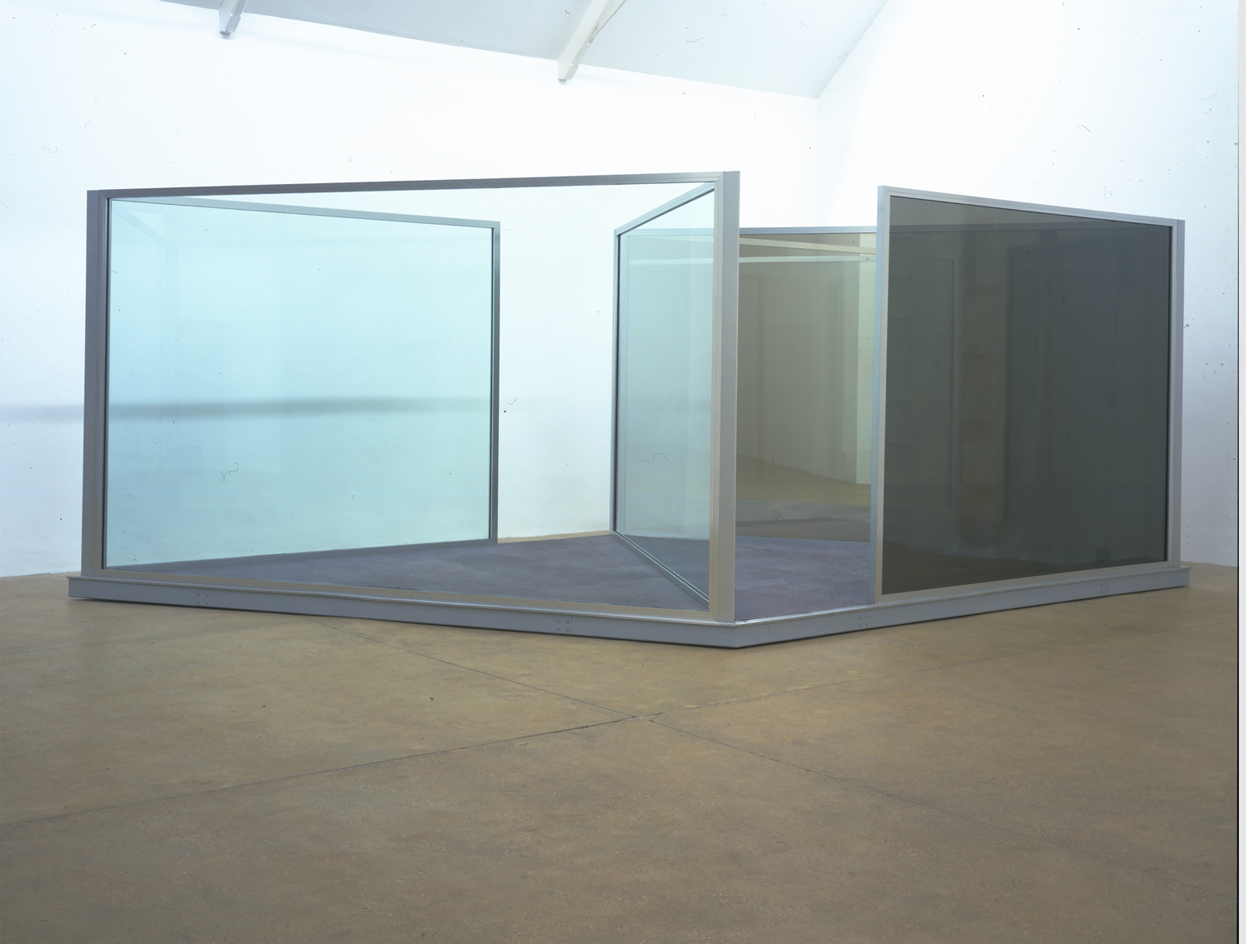
Dan Graham, Gift Shop / Coffee Shop, 1989, Steel, aluminium and glass.
Wallpaper* Newsletter
Receive our daily digest of inspiration, escapism and design stories from around the world direct to your inbox.
Harriet Lloyd-Smith was the Arts Editor of Wallpaper*, responsible for the art pages across digital and print, including profiles, exhibition reviews, and contemporary art collaborations. She started at Wallpaper* in 2017 and has written for leading contemporary art publications, auction houses and arts charities, and lectured on review writing and art journalism. When she’s not writing about art, she’s making her own.
-
 Tour the best contemporary tea houses around the world
Tour the best contemporary tea houses around the worldCelebrate the world’s most unique tea houses, from Melbourne to Stockholm, with a new book by Wallpaper’s Léa Teuscher
By Léa Teuscher
-
 ‘Humour is foundational’: artist Ella Kruglyanskaya on painting as a ‘highly questionable’ pursuit
‘Humour is foundational’: artist Ella Kruglyanskaya on painting as a ‘highly questionable’ pursuitElla Kruglyanskaya’s exhibition, ‘Shadows’ at Thomas Dane Gallery, is the first in a series of three this year, with openings in Basel and New York to follow
By Hannah Silver
-
 Australian bathhouse ‘About Time’ bridges softness and brutalism
Australian bathhouse ‘About Time’ bridges softness and brutalism‘About Time’, an Australian bathhouse designed by Goss Studio, balances brutalist architecture and the softness of natural patina in a Japanese-inspired wellness hub
By Ellie Stathaki
-
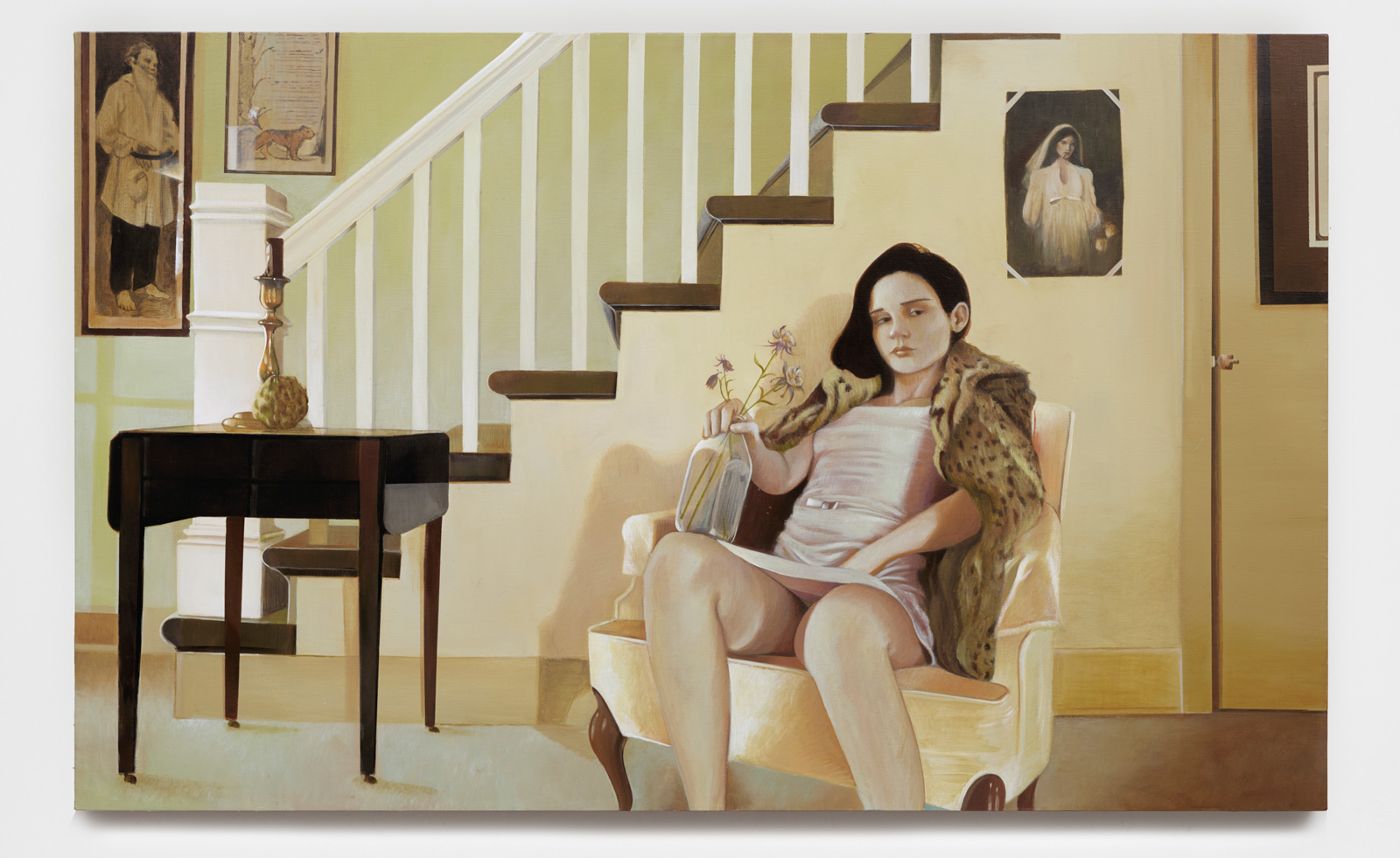 Leonard Baby's paintings reflect on his fundamentalist upbringing, a decade after he left the church
Leonard Baby's paintings reflect on his fundamentalist upbringing, a decade after he left the churchThe American artist considers depression and the suppressed queerness of his childhood in a series of intensely personal paintings, on show at Half Gallery, New York
By Orla Brennan
-
 Desert X 2025 review: a new American dream grows in the Coachella Valley
Desert X 2025 review: a new American dream grows in the Coachella ValleyWill Jennings reports from the epic California art festival. Here are the highlights
By Will Jennings
-
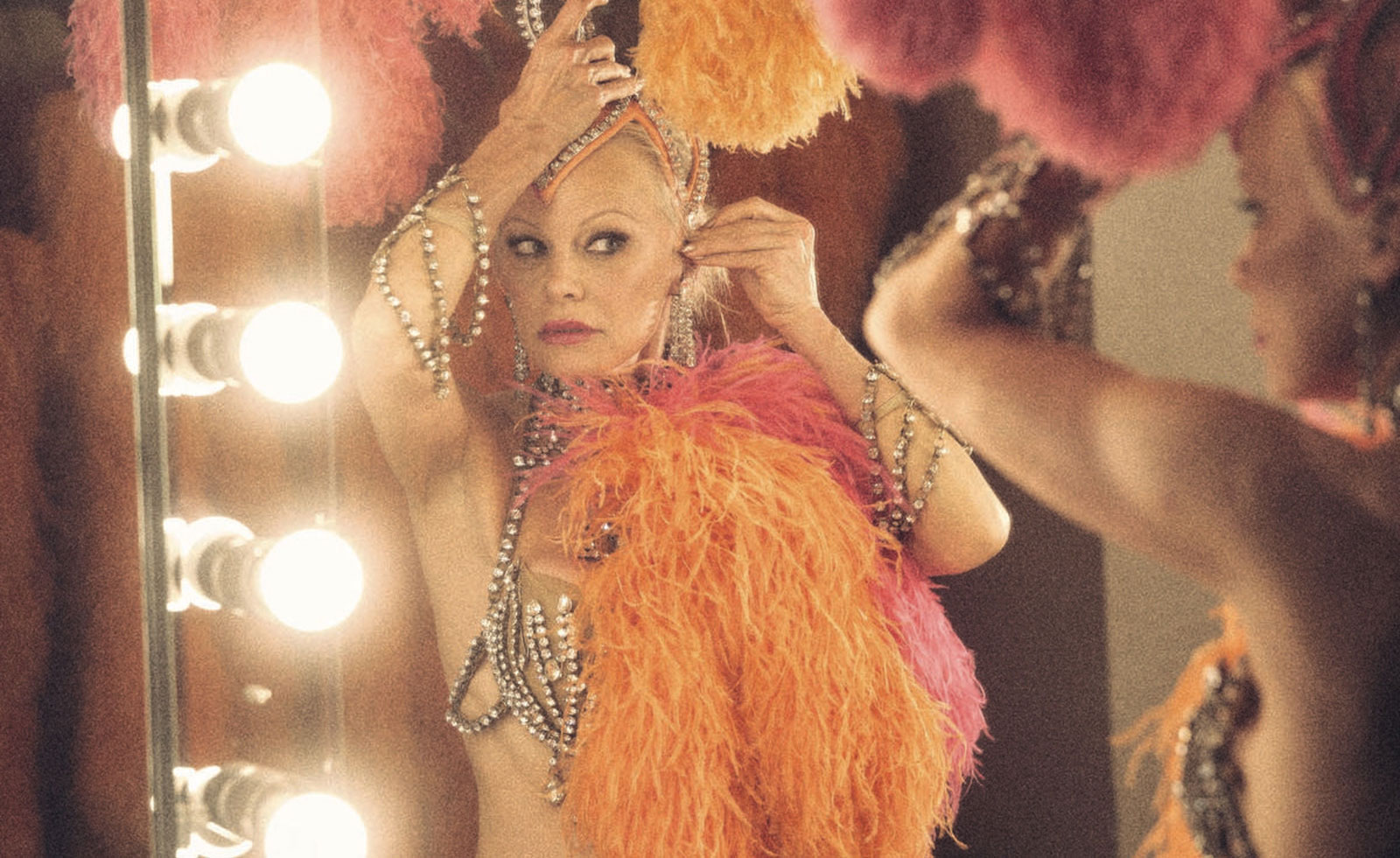 In ‘The Last Showgirl’, nostalgia is a drug like any other
In ‘The Last Showgirl’, nostalgia is a drug like any otherGia Coppola takes us to Las Vegas after the party has ended in new film starring Pamela Anderson, The Last Showgirl
By Billie Walker
-
 ‘American Photography’: centuries-spanning show reveals timely truths
‘American Photography’: centuries-spanning show reveals timely truthsAt the Rijksmuseum in Amsterdam, Europe’s first major survey of American photography reveals the contradictions and complexities that have long defined this world superpower
By Daisy Woodward
-
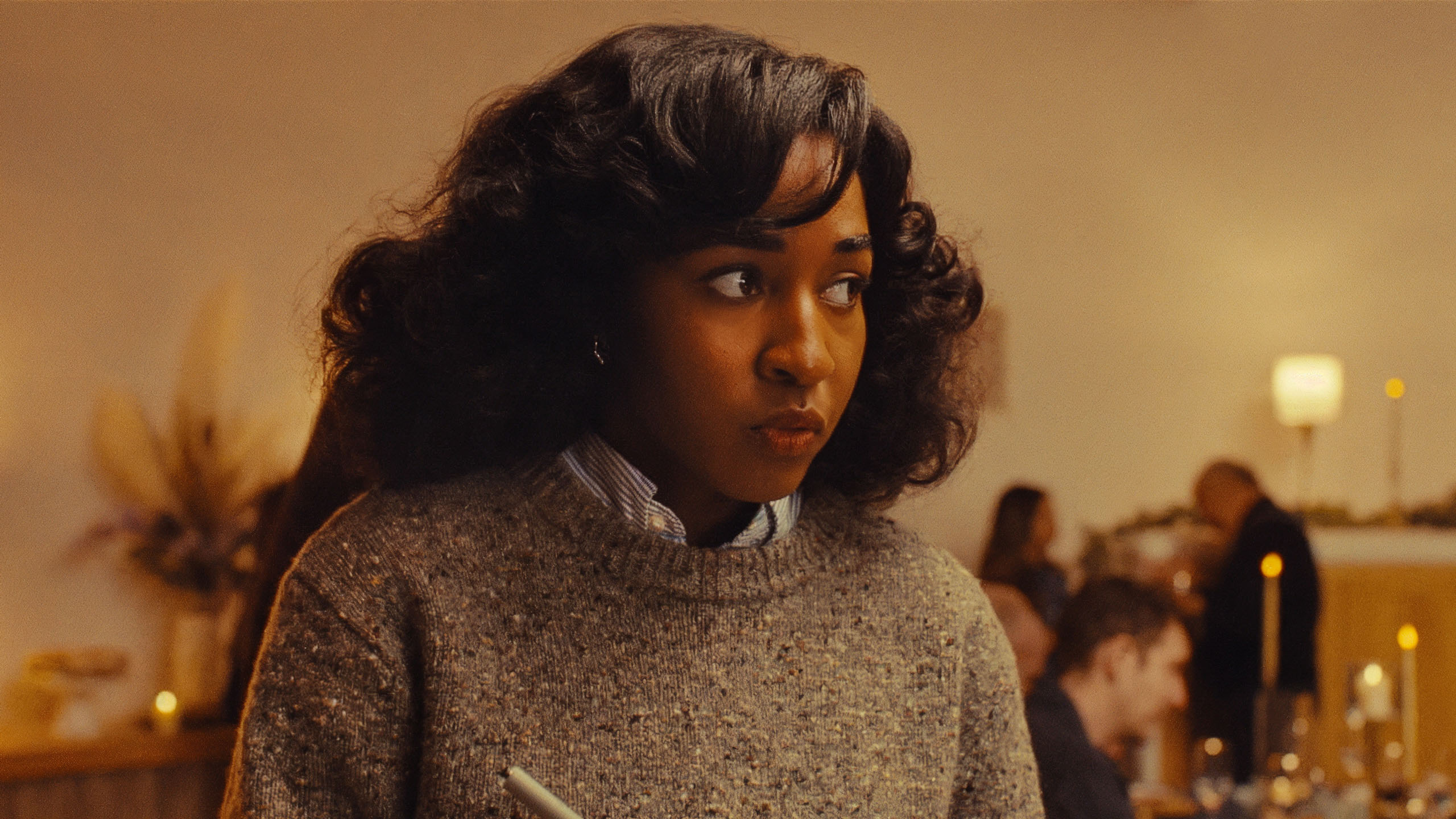 Sundance Film Festival 2025: The films we can't wait to watch
Sundance Film Festival 2025: The films we can't wait to watchSundance Film Festival, which runs 23 January - 2 February, has long been considered a hub of cinematic innovation. These are the ones to watch from this year’s premieres
By Stefania Sarrubba
-
 Remembering David Lynch (1946-2025), filmmaking master and creative dark horse
Remembering David Lynch (1946-2025), filmmaking master and creative dark horseDavid Lynch has died aged 78. Craig McLean pays tribute, recalling the cult filmmaker, his works, musings and myriad interests, from music-making to coffee entrepreneurship
By Craig McLean
-
 What is RedNote? Inside the social media app drawing American users ahead of the US TikTok ban
What is RedNote? Inside the social media app drawing American users ahead of the US TikTok banDownloads of the Chinese-owned platform have spiked as US users look for an alternative to TikTok, which faces a ban on national security grounds. What is Rednote, and what are the implications of its ascent?
By Anna Solomon
-
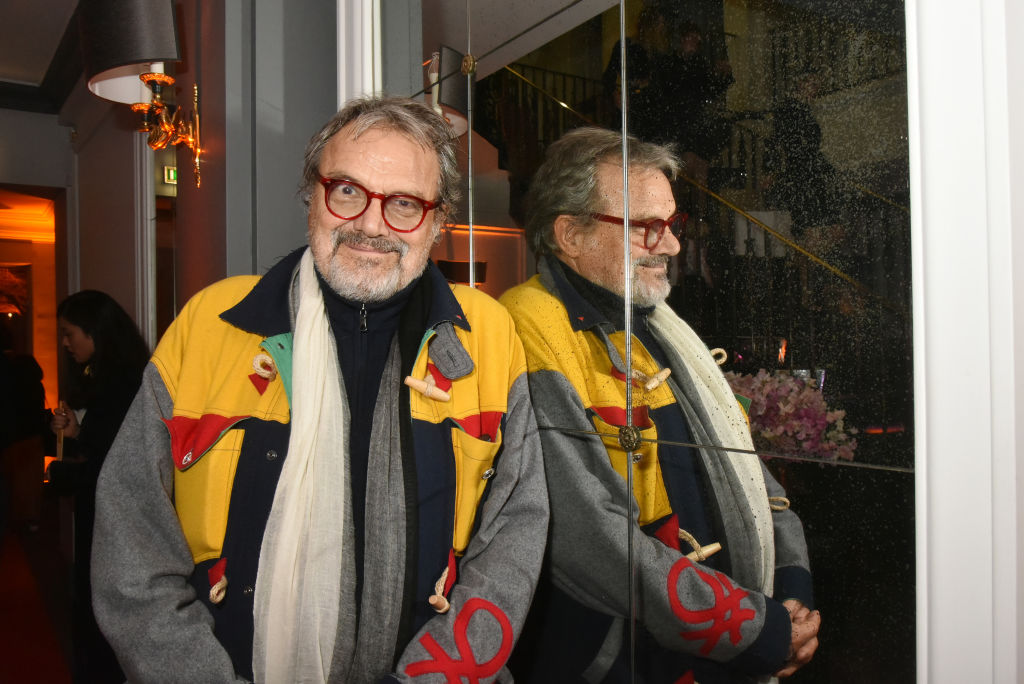 Remembering Oliviero Toscani, fashion photographer and author of provocative Benetton campaigns
Remembering Oliviero Toscani, fashion photographer and author of provocative Benetton campaignsBest known for the controversial adverts he shot for the Italian fashion brand, former art director Oliviero Toscani has died, aged 82
By Anna Solomon